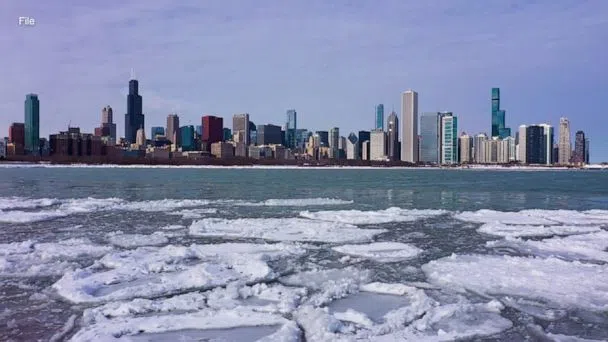
Ice coverage across the Great Lakes has plummeted to a historic low according to a recent report from the American National Oceanic and Atmospheric Administration (NOAA) – collective ice coverage for the Great Lakes hit a mere 2.7% on February 11. Lakes Erie and Ontario reached levels below 1% – making them essentially ice free, tying or surpassing historic lows for this point in the year. This marks the lowest ice coverage the organization has seen since it began monitoring the levels in the 1970’s
Breaking down the numbers further, individual lake measurements reveal alarming figures:
Lake Superior: 1.7%
Lake Michigan: 2.6%
Lake Huron: 5.9%
Lake Erie: 0.05%
Lake Ontario: 1.7%
Of particular concern are Lakes Erie and Ontario, which are essentially ice-free, tying or surpassing their individual historic lows for this time of year.
The unusually warm air temperatures at the onset of the winter season hindered ice formation, with sporadic cold periods in January failing to offset the trend. Typically, the lakes would peak at 15-20% ice coverage by late January, but this year, that threshold wasn’t reached. The absence of ice has far-reaching implications for local communities reliant on winter activities such as ice fishing and outdoor sports, and also exposes shorelines to erosion and increases the risk of damage to coastal infrastructure during winter storms.
Written by: B. Shakyaver